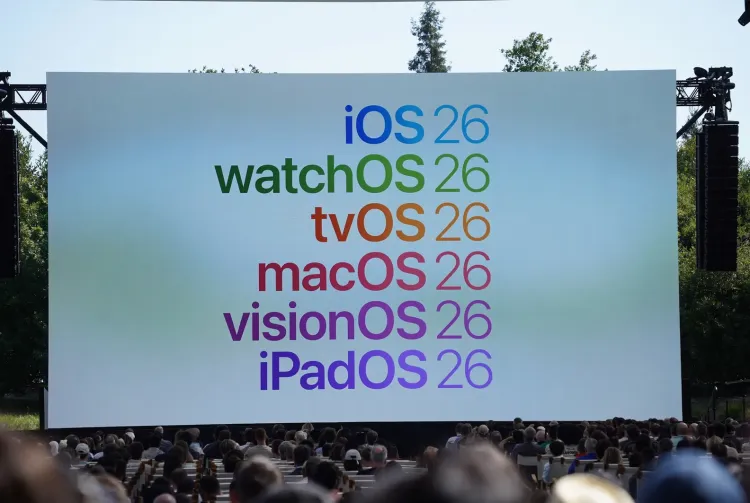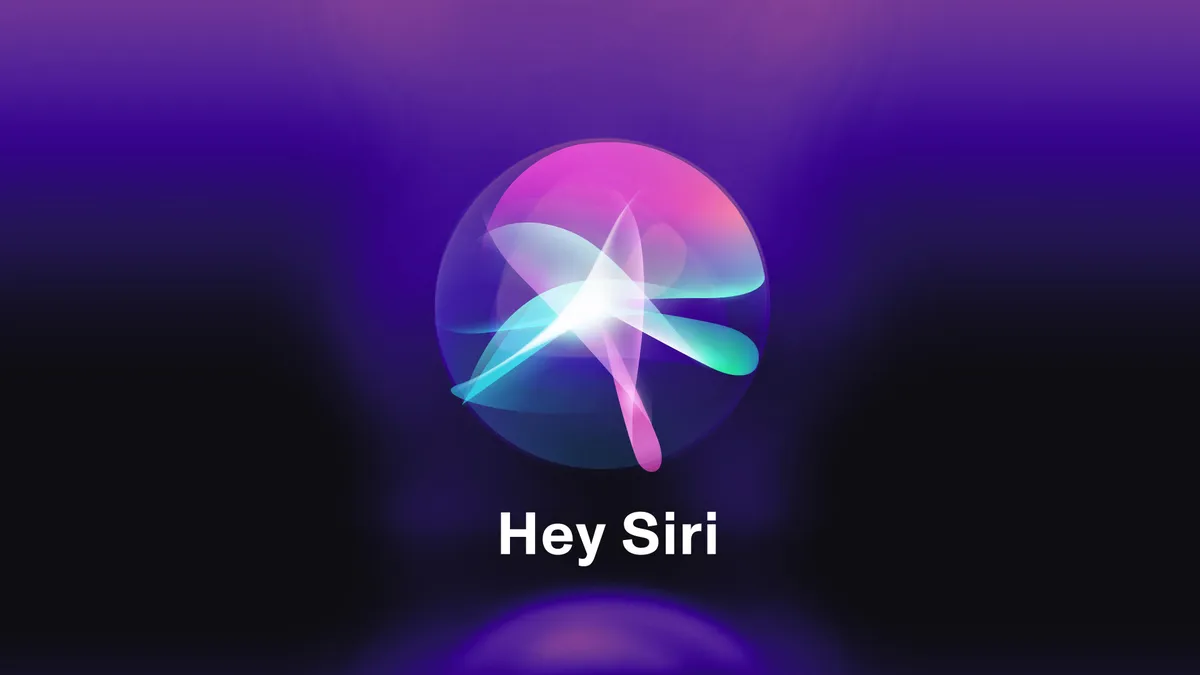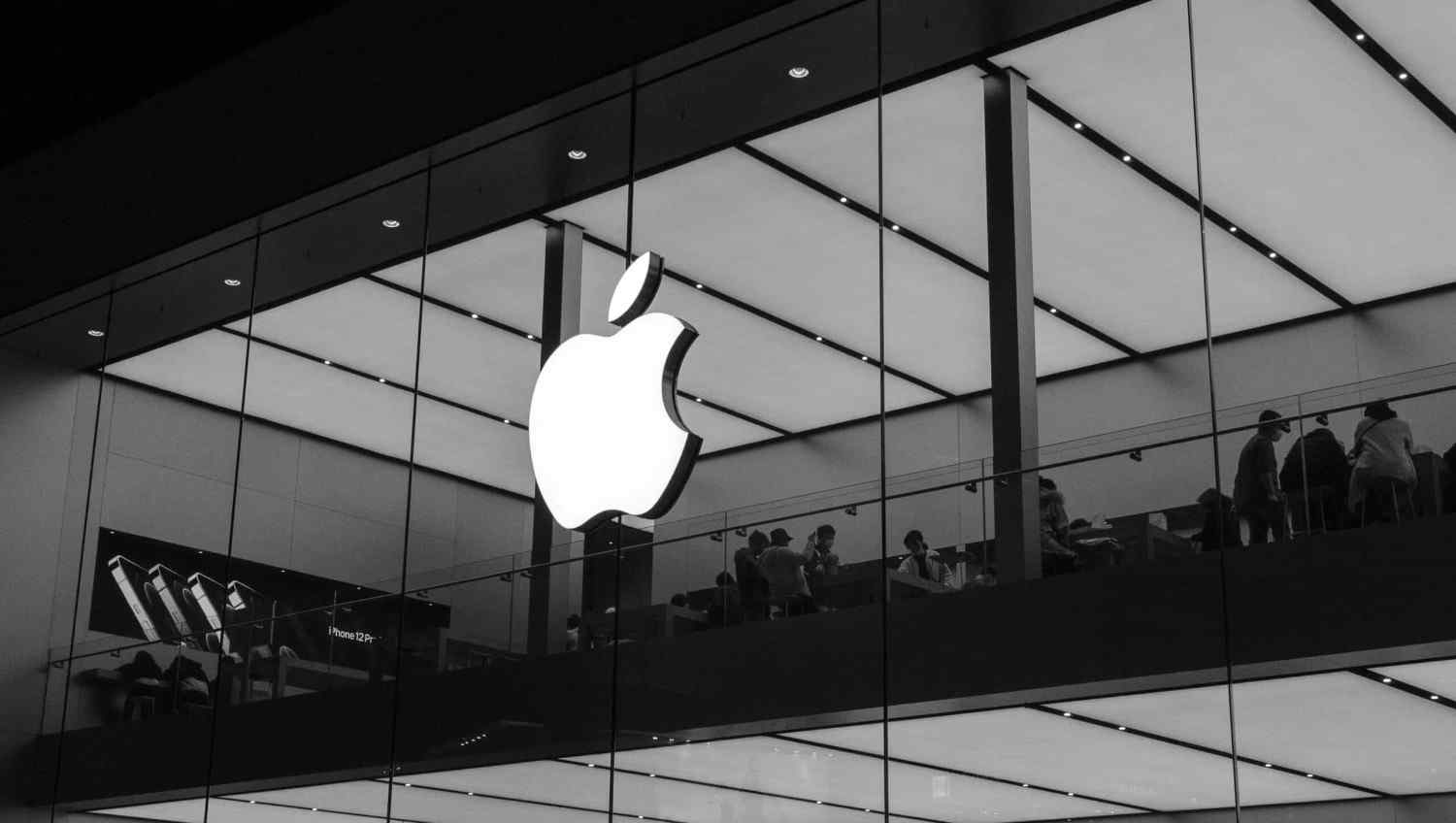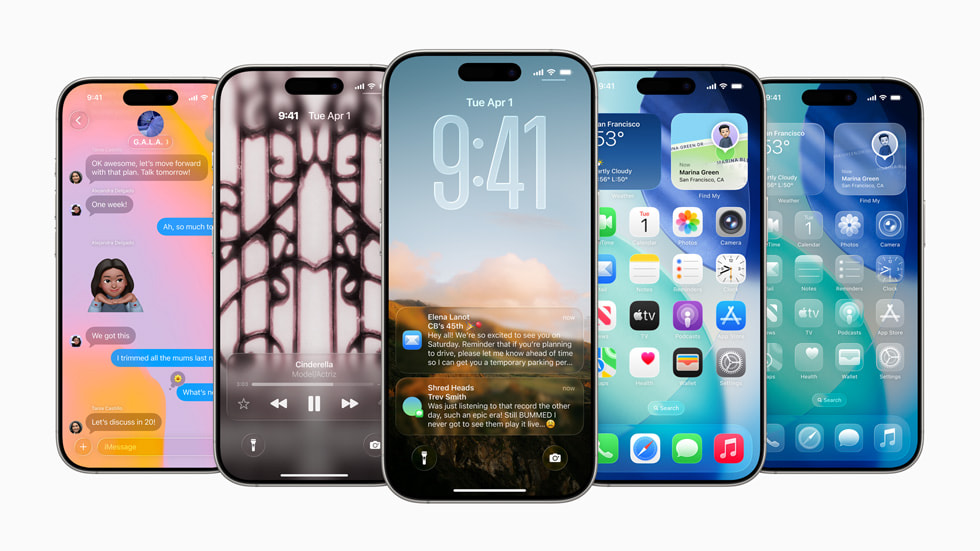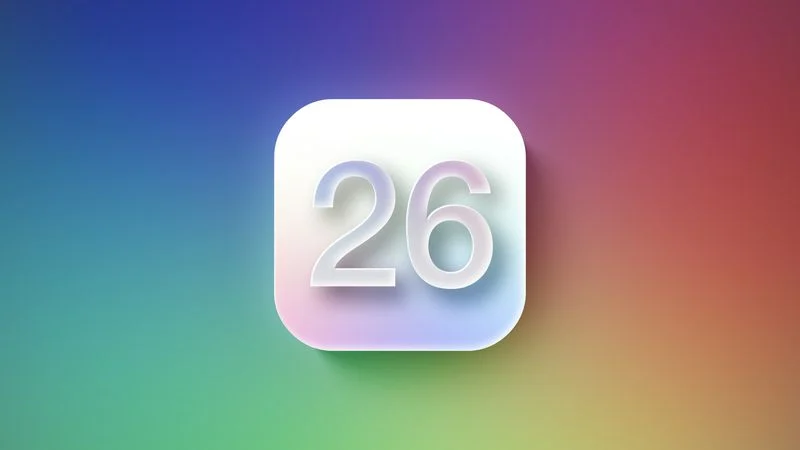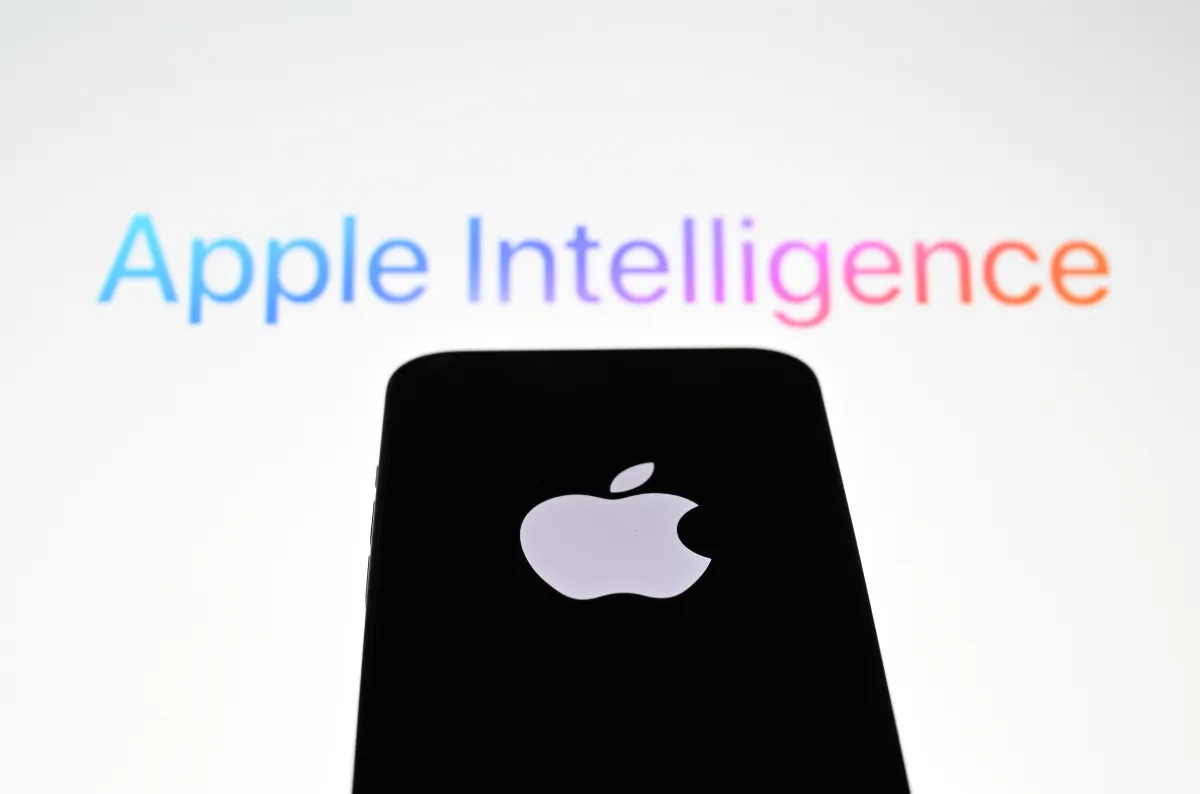Apple has introduced iPadOS 26, and this version makes the iPad a lot closer to an actual computer. Among the most significant changes is the improved support of mouse and keyboard input, so it is much more comfortable to perform some work as you would do it on a laptop or a desktop. Multitasking is also enhanced with the latest update, meaning you can more easily switch between apps and do more at once.
The second major enhancement is the new and improved Files app that finally allows you to manage your documents in a much more convenient way, just like on a Mac or a PC. Also, new shortcuts and customization options are available to make your workflow and creativity with the iPad more potent.
With these features, Apple has also revised design resources for developers to be aligned with iOS 26 and iPadOS 26. This implies that app makers can now take advantage of the expanding tools and design features to make apps that will appear and perform better on the latest Apple devices. The updates assist the developers to maintain their apps current and user-friendly, just like the contemporary design of software at Apple.
All in all, iPadOS 26 and the new design tools make iPad a more compelling option to those who seek a device that can be used both for playing and working. These modifications make the iPad more productive than ever before in work, school, and play.

